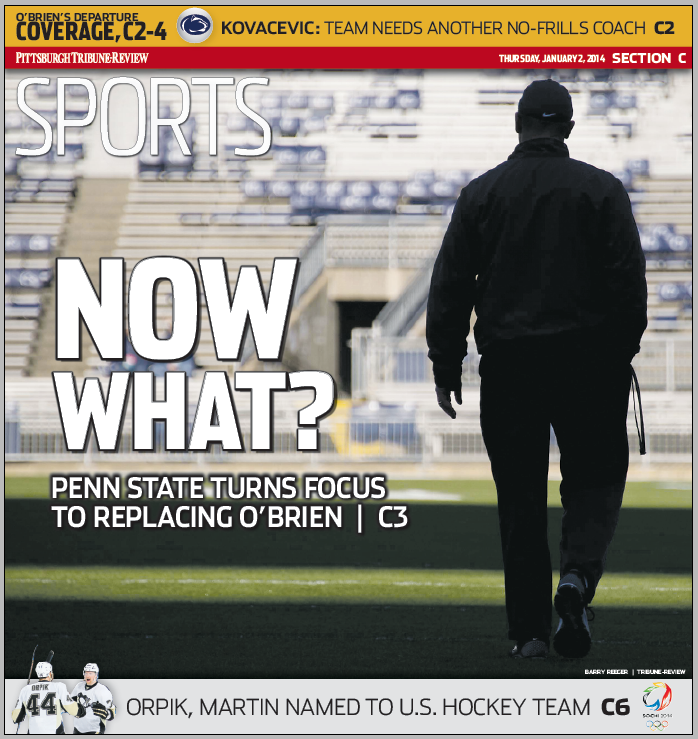By Mark Steyn
from National Review's Happy Warrior, January 3, 2014
Whether or not Nelson Mandela was emblematic of the new South Africa, his memorial service certainly was. Thamsanqa Jantjie, the lovable laugh-a-minute sign-language fraud who stood alongside President Obama gesticulating meaninglessly to the delight of all, was exposed in the days that followed as a far darker character. A violent schizophrenic charged over the years with burglary, rape, kidnapping, and murder, he was also a member of a "necklacing" gang — necklacing being the practice of placing a gasoline-filled tire over the head of the victim and setting it alight.
Nevertheless, Mr. Jantjie was merely the ne plus ultra of the South African state's shambolic security operation for the service. My fellow congregants at National Review have been arguing in recent weeks over whether Mandela was a great man (Deroy Murdock) or a Commie terrorist (Andrew McCarthy) or on balance a mild disappointment (Conrad Black). But beyond such assessments is the daily reality that a lot of things in South Africa simply don't function anymore. As revealing as Mr. Jantjie's extensive and violent criminal background is the fact that the National Prosecuting Authority cannot reliably state which offenses he has been convicted of, and, for the one crime for which he seems definitively to have been sentenced, whether in fact he served the sentence.
Before Mandela's, the last South African funeral to have commanded international attention was that of Field Marshal Smuts, the greatest South African of the pre-apartheid era and the only man to sign the treaties ending both the First and Second World Wars. He is a forgotten figure now, but he was the only South African with a statue in Parliament Square at Westminster until Mandela's was put up, and his funeral in 1950 attracted numbers comparable to and perhaps even surpassing those in Soweto. Smuts would have been astonished by the chaos and ill discipline of Mandela's farewell six decades later. He took it for granted that South Africa was a First World nation, on a par with her sister dominions in Canada and Australia. The line between these two funerals is one of racial progress, and precipitous decline by every other measure.
Since the 1990s, life expectancy has fallen back to where it was in Smuts's day. South Africa is the murder capital of the world, with around 50 homicides every day. In a 2011 survey, one in three women claimed they had been raped in the past year. South Africa's current leader, Jacob Zuma, was accused of raping an HIV-positive woman, but replied that he took a shower afterwards to "minimize the risk of contracting the disease." This is one of the more rational self-administered treatments. It is widely believed among Mr. Zuma's compatriots that sex with a virgin will cure you of AIDS, which, virgins being somewhat thin on the ground, has led to an epidemic of child rape, including victims as young as eight months old.
Not all of this, or even very much of it, can be laid at Mandela's door. In that sense, his leadership is more of a lesson in the limitations of the great-man theory of history. His predecessor, F. W. de Klerk, South Africa's last white leader, was also a great and generous man, who understood that the regime he had served all his life could not be preserved. Yet, as the years go by, it seems to me that the comradely de Klerk and Mandela are less symbolic of the new South Africa than were their wives. Marike de Klerk wound up getting murdered; Winnie Mandela was a murderer — or, at any rate, found by the Truth and Reconciliation Commission to have been personally responsible for multiple murders. Either role would be unusual for an American first lady, as it would have been for a prime-ministerial consort in Smuts's day. Mrs. de Klerk was stabbed and strangled in 2001 by a domestic servant — just another of those 50 murders a day; no motive, nothing was taken; she was killed because that's just the way it is.
Upon her death, Winnie Mandela said, "As a woman I can identify with the exhaustion of her emotional resources in shaping her former husband's career." That's one way of putting it. Mrs. Mandela coped with her own emotional exhaustion by having her security detail kidnap 14-year-old Stompie Moeketsi on suspicion of being an informer, slit his throat, and dump his body in a field. Her most famous contribution to the dictionary of quotations was a celebration of the aforementioned practice of black-on-black "necklacing": "With our boxes of matches and our necklaces we shall liberate this country."
In the end, she never got the chance. The Cold War ended, which meant that Moscow was too internally distracted to subvert South Africa the way it had the rest of the continent. So Mandela was gracious and dignified, and content to cut himself and the ANC in on the crony capitalism of the old National Party. Even so, South Africa has been living off the capital of its racist past these last two decades, even as all its social indicators head remorselessly south and a fifth of the white population has fled.
Jan Smuts and Nelson Mandela met just the once, when the general came to Mandela's college to talk up Britain's cause in the war against Germany. It would amaze Smuts, who had fought in the Boer War against Britain and whose comrades had clung fiercely to their identity during the enforced Britishization that followed, to see how swiftly even the most tenacious culture can be swept away. Yet Mandela's benign rule in the 1990s was likewise only an interlude. South Africa is disintegrating, and what's left is headed nowhere good.
from National Review's Happy Warrior, January 3, 2014
